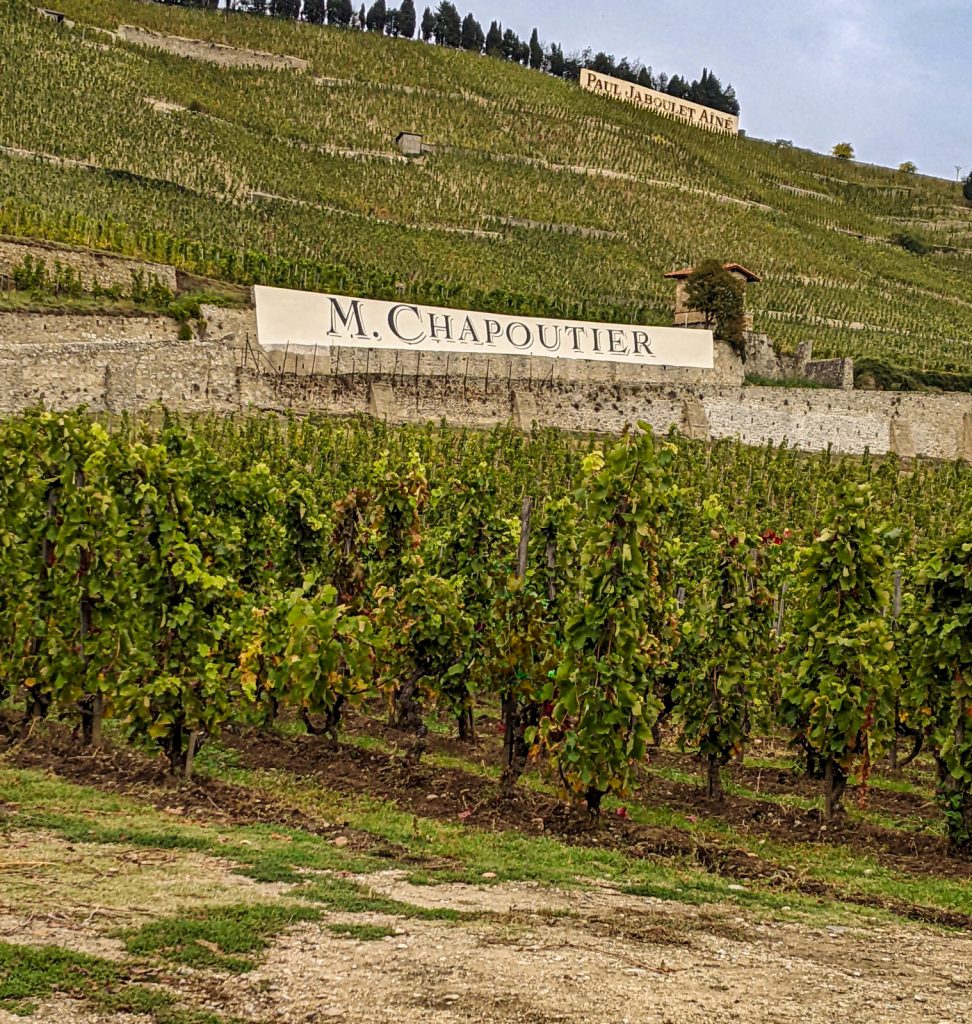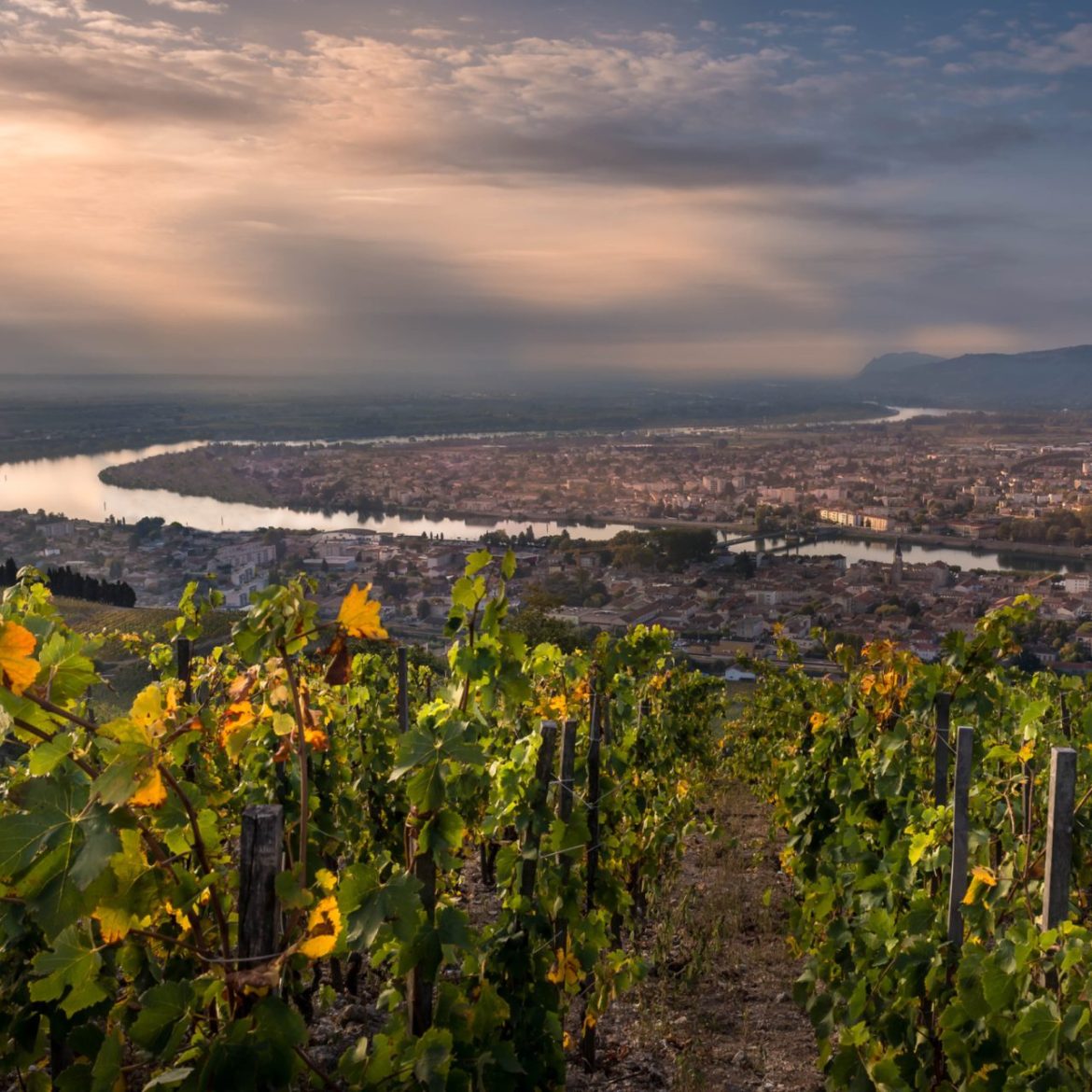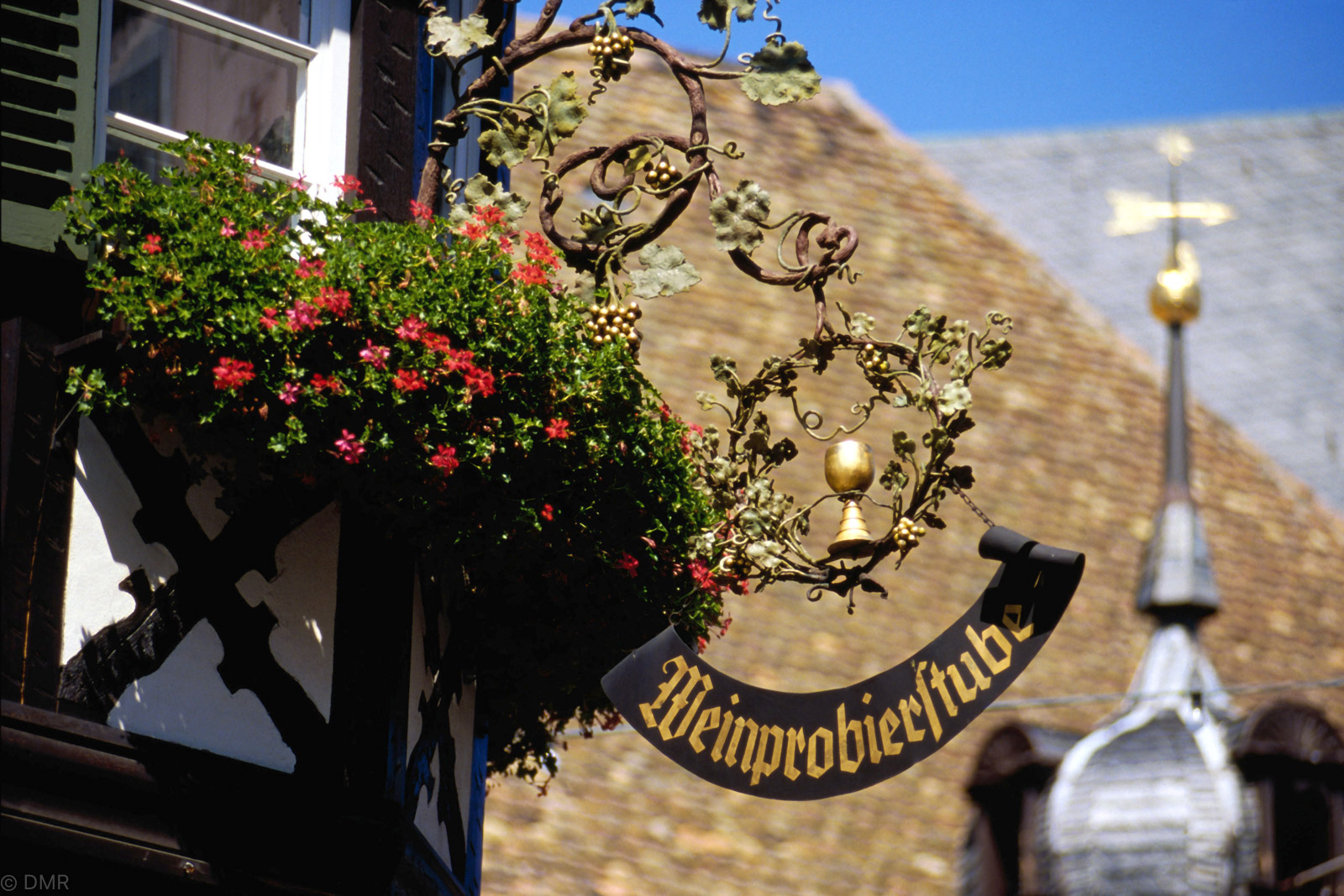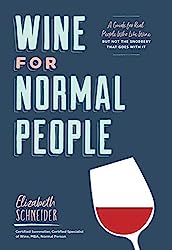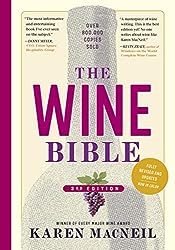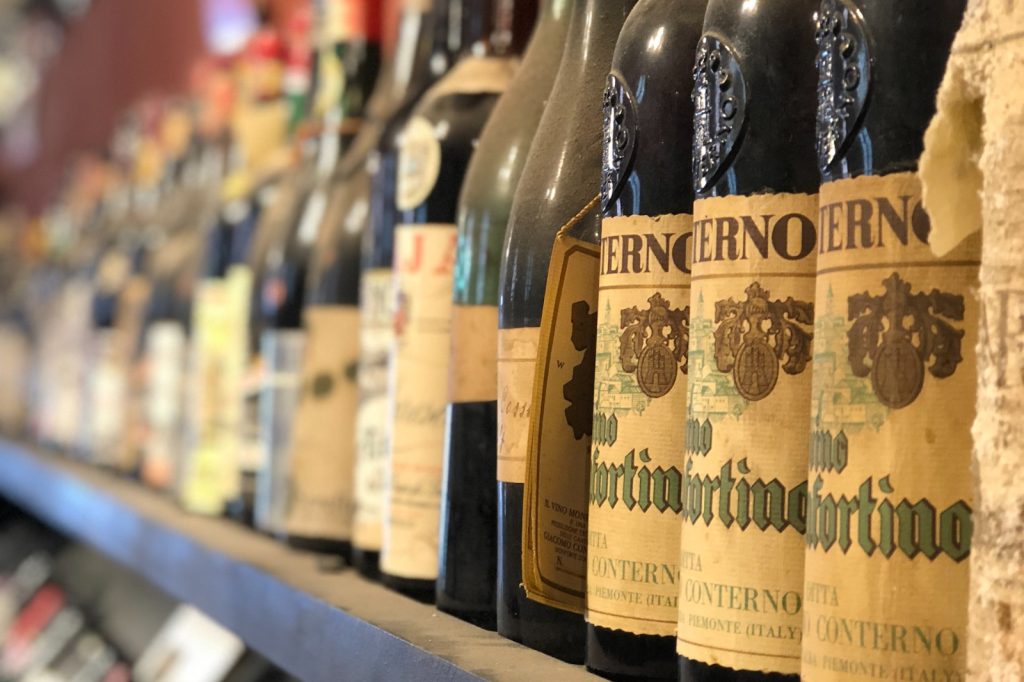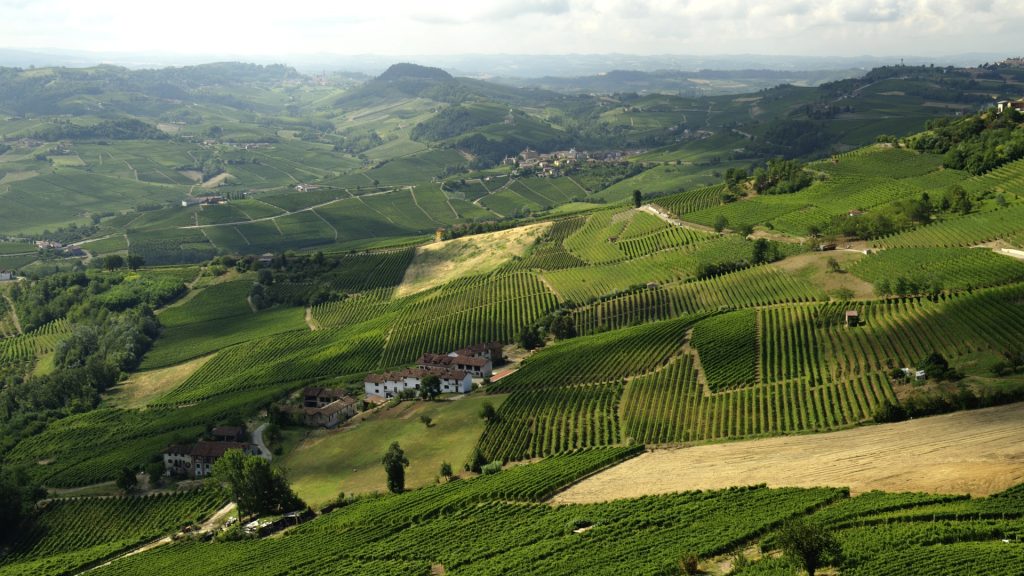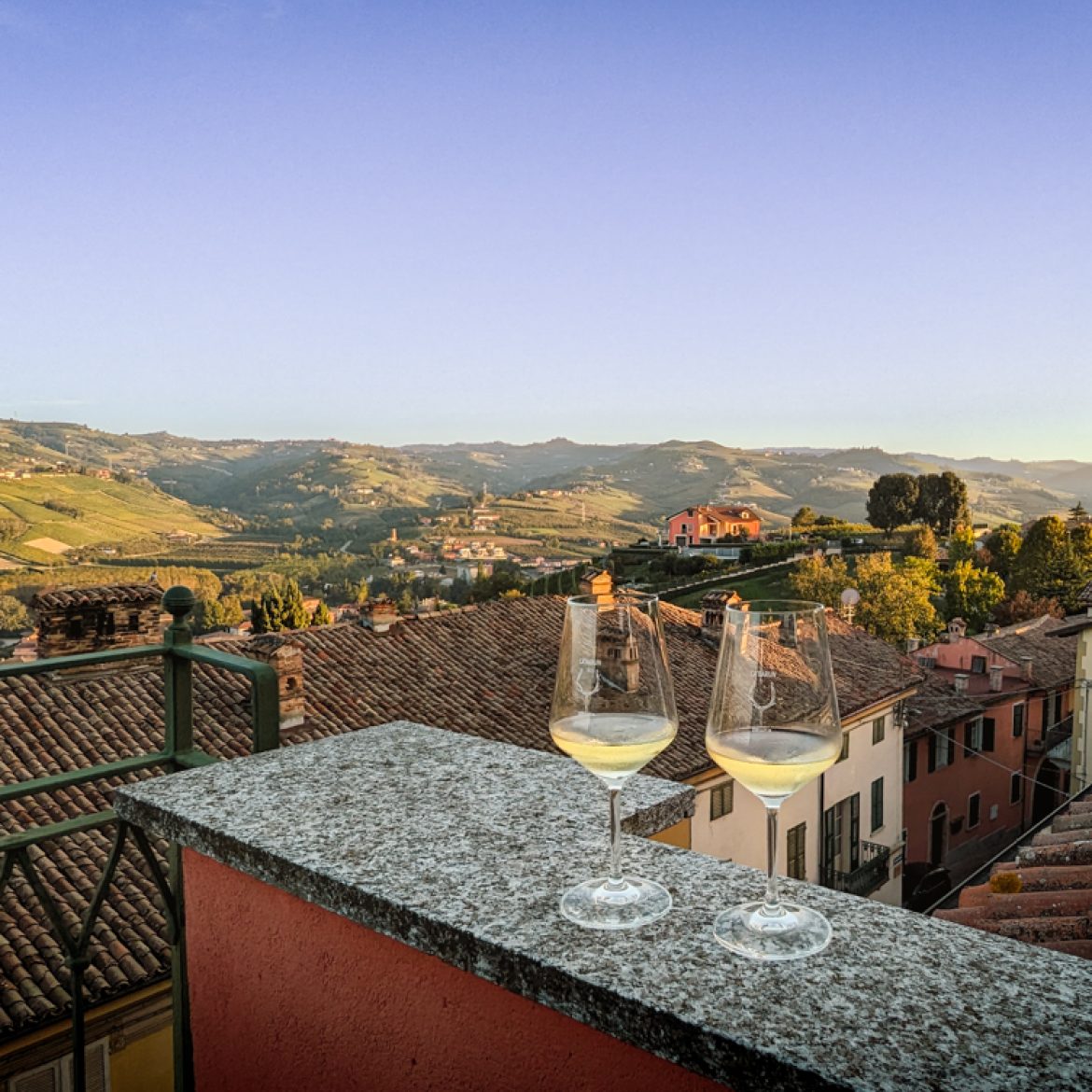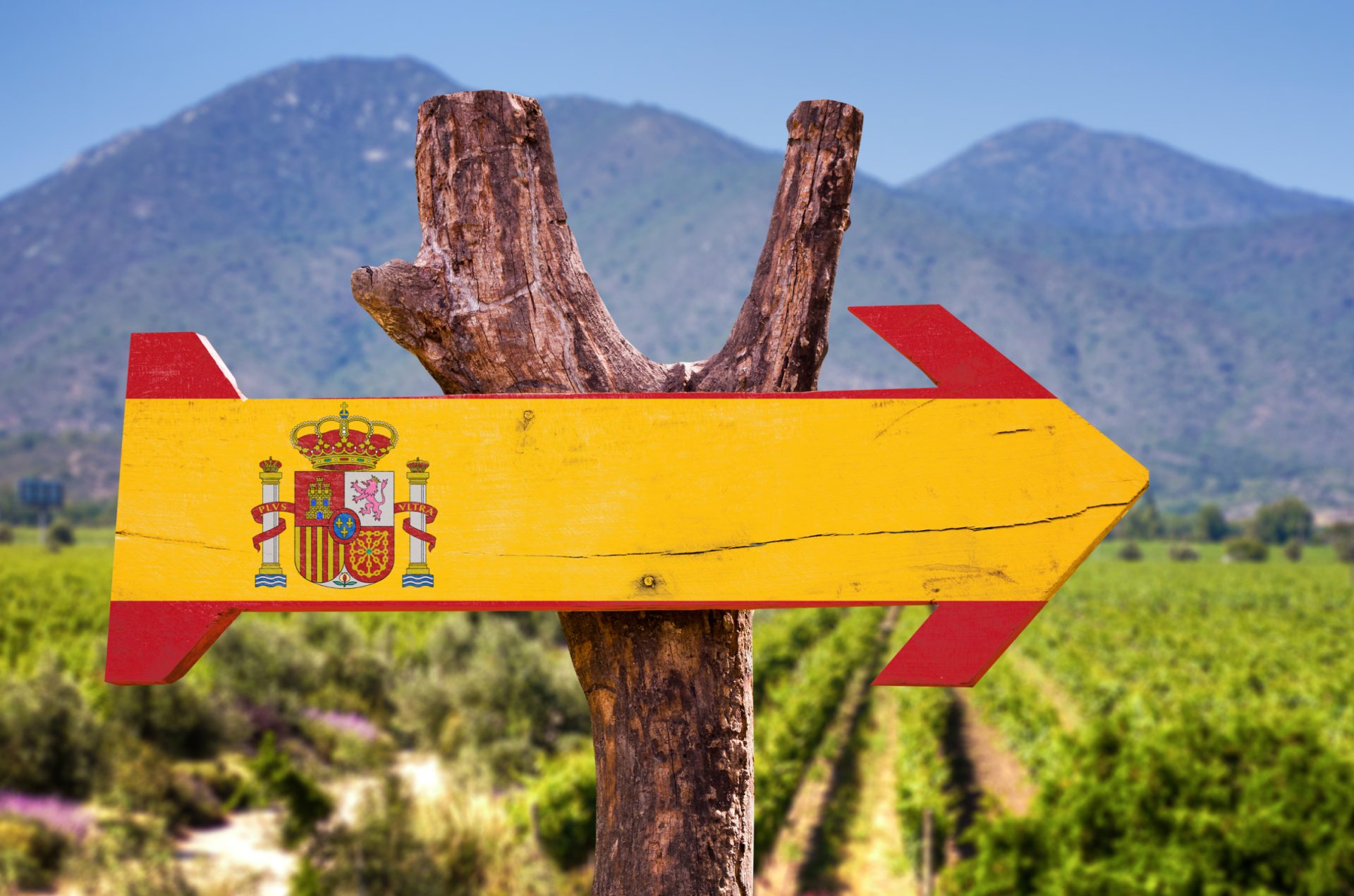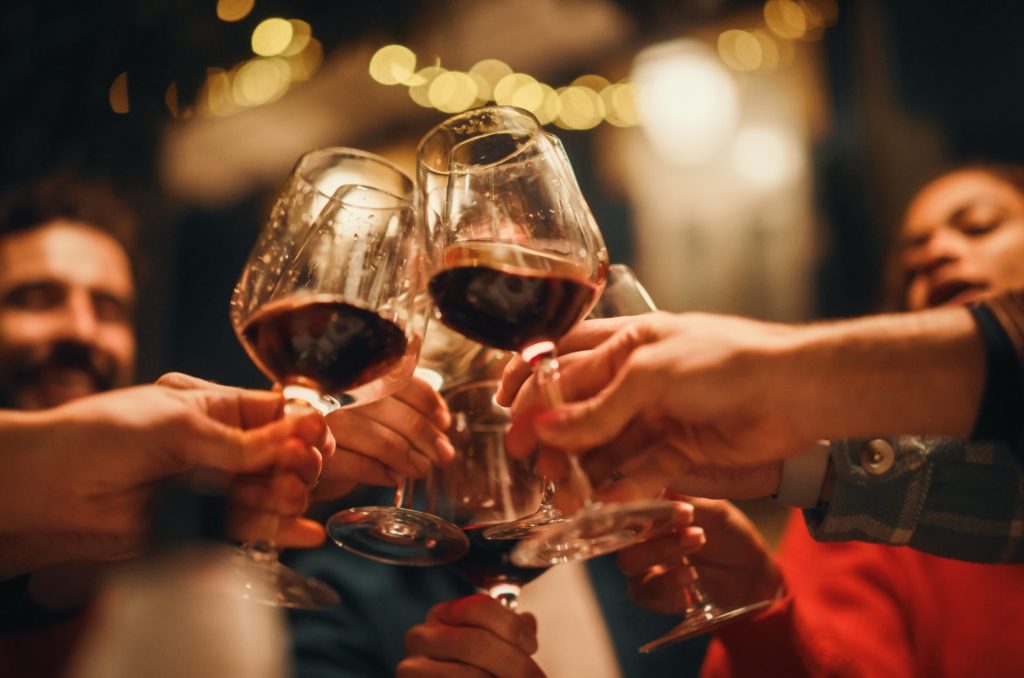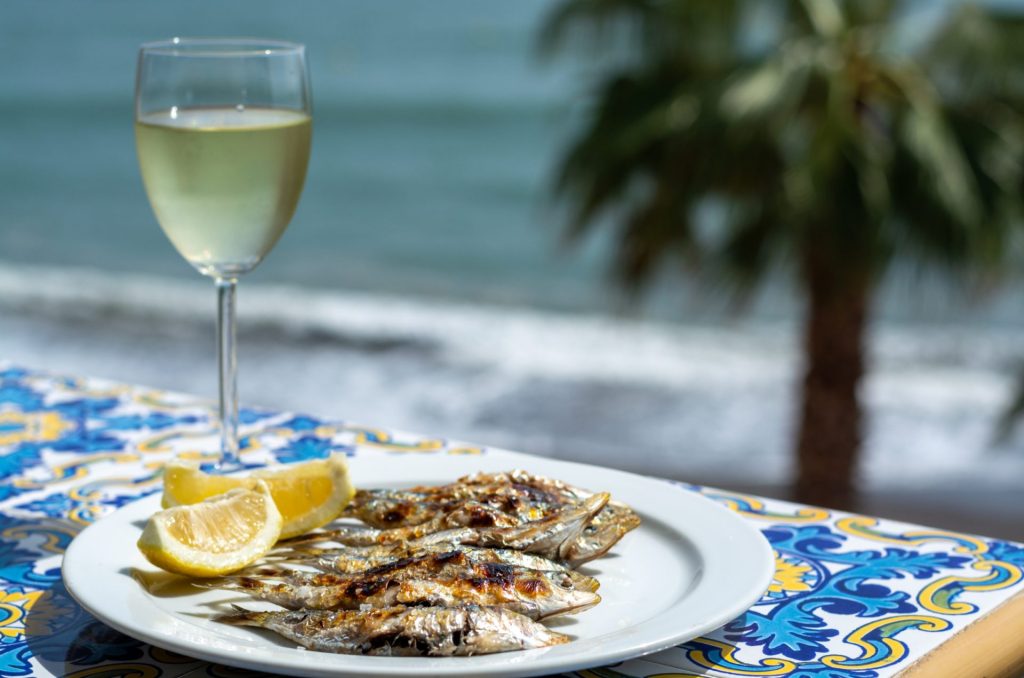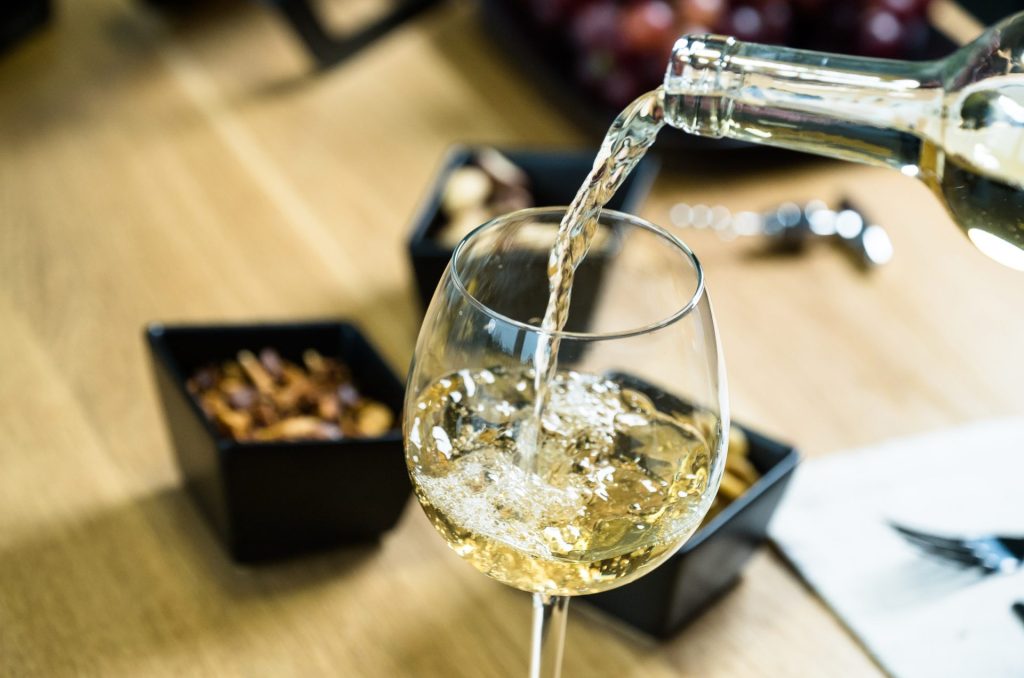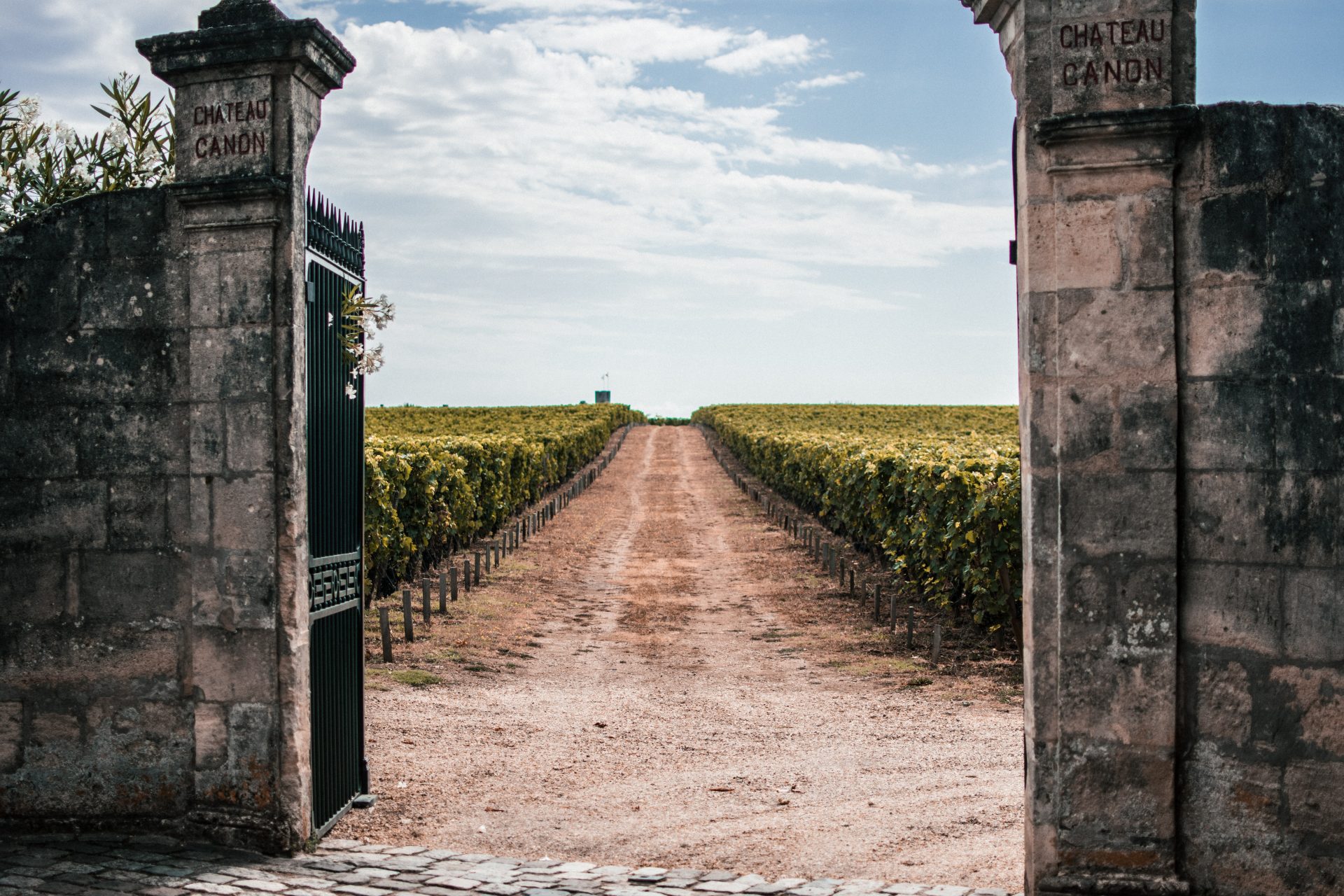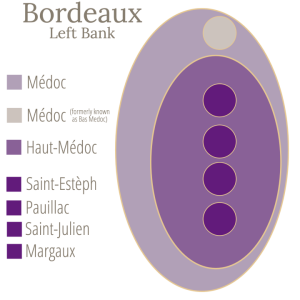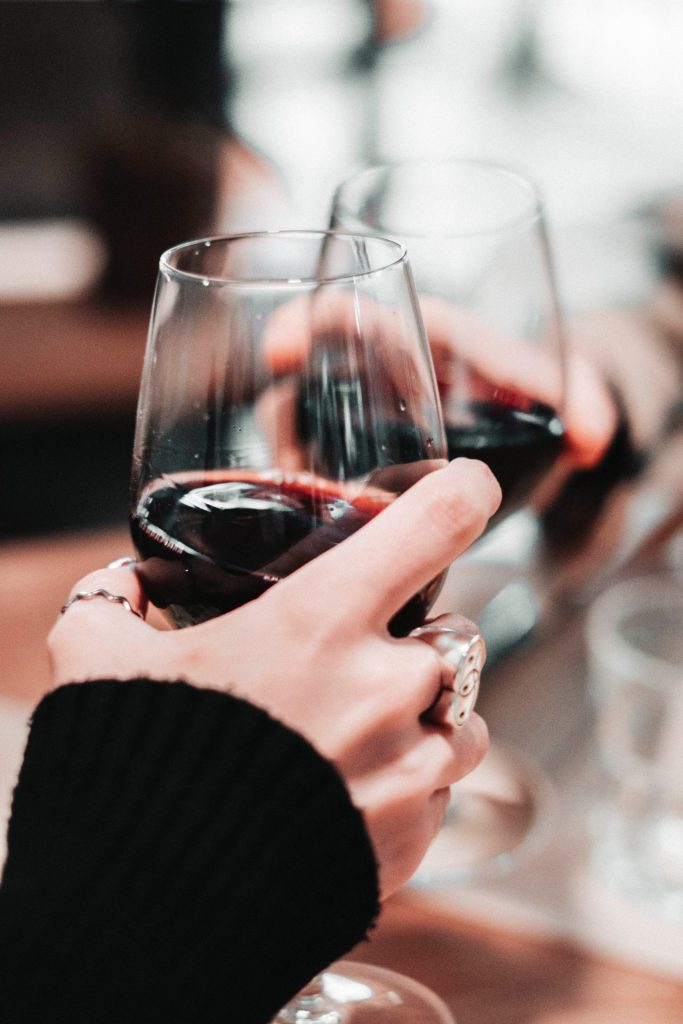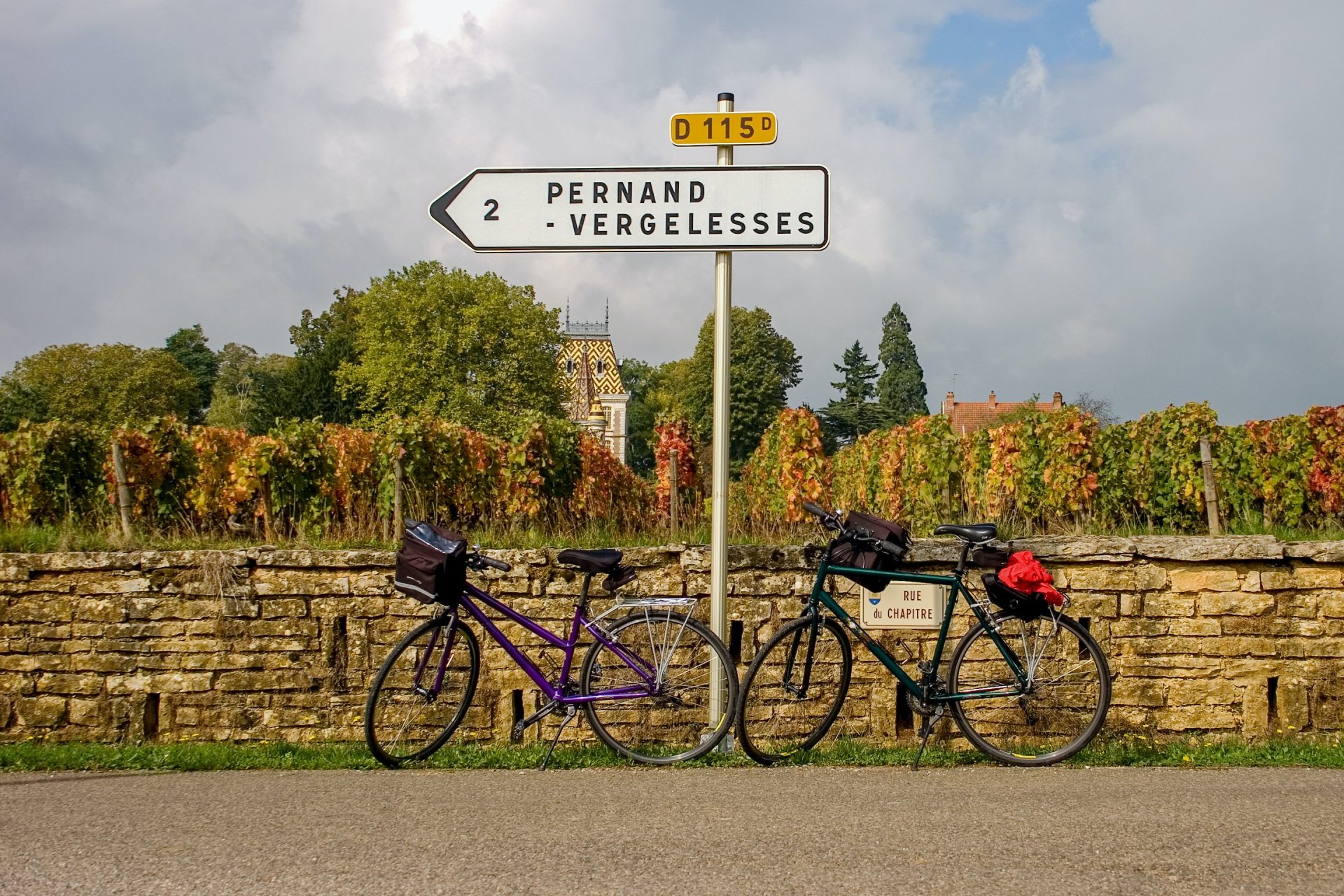Vineyards of Diversity and Distinction
In the wine world, the Rhône Valley is synonymous with quality, diversity, and intensity. In the south of France, the Rhône wine region follows the Rhône River and stretches from the bustling city of Lyon in the north to the Mediterranean Sea in the south.
It is a region rich in history, defined by its wine, and adored by enthusiasts and experts worldwide. Its vines have been thriving for over two millennia, making Rhône Valley one of the oldest wine-growing regions in France. Today, we are going to uncork the charm of the Rhône and explore its diverse wines.

